Curly Top Virus
7 years ago
Related Stories
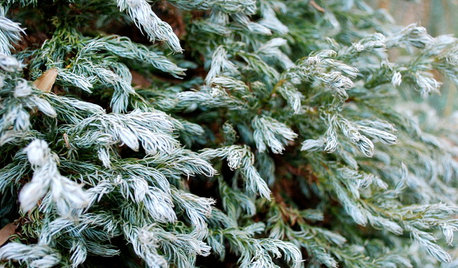
GARDENING GUIDESGreat Design Plant: Chamaecyparis Pisifera ‘Curly Tops’
Curly Tops sawara cypress brings great color, texture and shape to the garden — and its size is easily manageable
Full Story
GARDENING AND LANDSCAPING4 Good Ways to Get Rid of Mosquitos in Your Yard
Stay safe from West Nile virus and put an end to irksome itches with these tools and methods for a porch, patio or yard
Full Story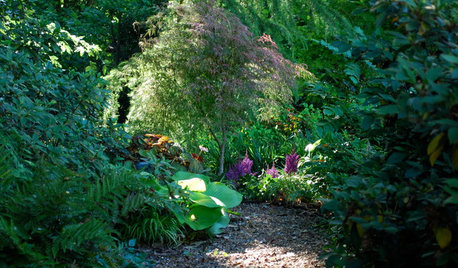
LANDSCAPE DESIGNSet Your Shade Garden Aglow With Light
Invite brightness to the dark corners of your garden for a magical dance you won't want to miss
Full Story
GARDENING AND LANDSCAPINGGenerate Buzz as a Beekeeper
Fresh honey and happy flowers are just two of the perks of a backyard beehive. These 5 guidelines will help you get started
Full Story
WREATHSMake a Natural and Wild Holiday Wreath
Give an indoor spot a subtle seasonal splash with flexible willow tips and rustic embellishments
Full Story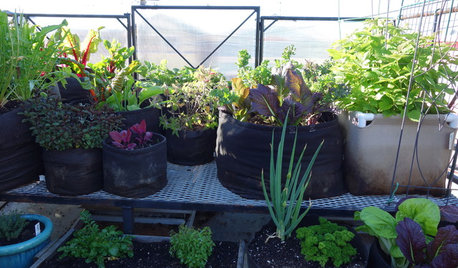
FARM YOUR YARDAn Urban Greenhouse Overflows With Edibles
Making meals just means stepping into the yard for a San Francisco couple who revamped an old orchid house
Full Story
LIGHTINGWhat to Know About Switching to LED Lightbulbs
If you’ve been thinking about changing over to LEDs but aren't sure how to do it and which to buy, this story is for you
Full Story
EDIBLE GARDENSHow to Grow Your Own Sweet Summer Crops
This guide will help any gardener get started on growing the freshest warm-season veggies and berries for summer
Full Story
LANDSCAPE DESIGN7 Great Trees for Summer Shade and Fall Color
These landscape-pro faves straddle the seasons beautifully. Could one enhance your own yard?
Full Story
KITCHEN DESIGNKitchen of the Week: Navy and Orange Offer Eclectic Chic in California
Daring color choices mixed with a newly opened layout and an artful backsplash make for personalized luxury in a San Francisco kitchen
Full Story





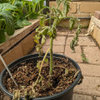
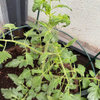
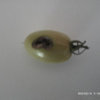
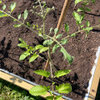
Jean
lovestogardenOriginal Author
Related Professionals
Wrentham Landscape Architects & Landscape Designers · Accokeek Landscape Architects & Landscape Designers · Milford Landscape Contractors · Bainbridge Island Landscape Contractors · Cedar Hill Landscape Contractors · Fort Myers Landscape Contractors · Las Vegas Landscape Contractors · Los Banos Landscape Contractors · Mastic Beach Landscape Contractors · Spring Landscape Contractors · Vineyard Landscape Contractors · New Britain Siding & Exteriors · Tigard Siding & Exteriors · Waldorf Siding & Exteriors · North Adams Siding & Exteriorsgorbelly
Jean
lovestogardenOriginal Author
lovestogardenOriginal Author
gorbelly
lovestogardenOriginal Author
gorbelly
lovestogardenOriginal Author
gorbelly
lovestogardenOriginal Author